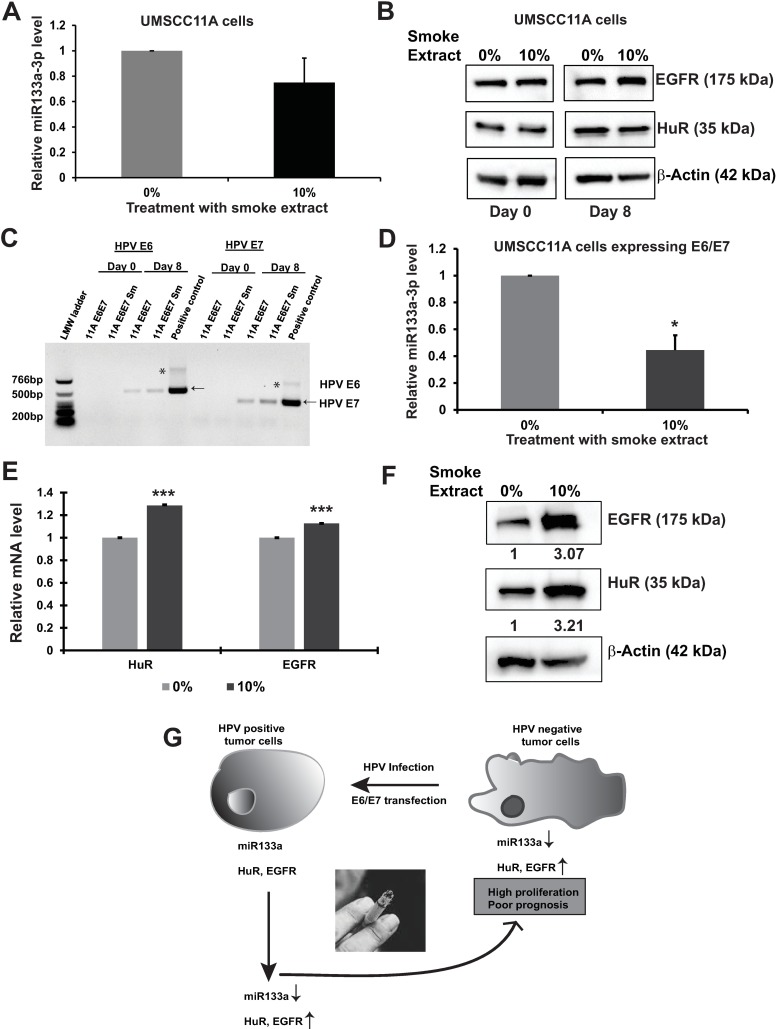Fig 4. HPV(-) cells overexpressing E6/E7 plasmid downregulate miR-133a-3p expression and in turn modulate EGFR and HuR protein expression.
(A) UMSCC11A cells were treated with 10% CSE for eight days and tested for miR-133a-3p levels by qRT-PCR. Actin and RPS18 were used as endogenous controls. (B) UMSCC11A cells were treated with 10% CSE for eight days and tested for EGFR and HuR proteins. β-Actin was used as loading control. (C) UMSCC11A cells were transfected with E6/E7 overexpression constructs, identified using semi-quantitative PCR and the DNA was separated by 2% agarose gel electrophoresis. Bands shown with arrowheads indicate the expression of E6 and E7 genes after eight days of incubation. UMSCC47 genomic DNA was used here as a positive control for E6 and E7. * denotes non-specific bands. (D) UMSCC11A cells overexpressing E6/E7 constructs were treated with 10% CSE for eight days, and the miR-133a-3p level was determined between zero and eight days of 10% CSE treatment. *denotes p-value of <0.05. U6 was used as an endogenous control. (E) mRNA analyses of EGFR and HuR were done after HPV infected UMSCC11A cells were treated with 10% CSE for eight days. *** denotes p-value of <0.0005. (F) Western blot analysis of EGFR and HuR levels that were tested after eight days of treatment with 10% CSE. β-Actin was used as loading control. (G) Our molecular model depicts HPV(+) tumor cells expressing miR-133a-3p maintain regular levels of EGFR and HuR, and smoking alters the expression of miR-133a-3p and promotes the expression of EGFR and HuR, enhancing cell proliferation thus resulting in a poor prognosis for OPSCC patients.

